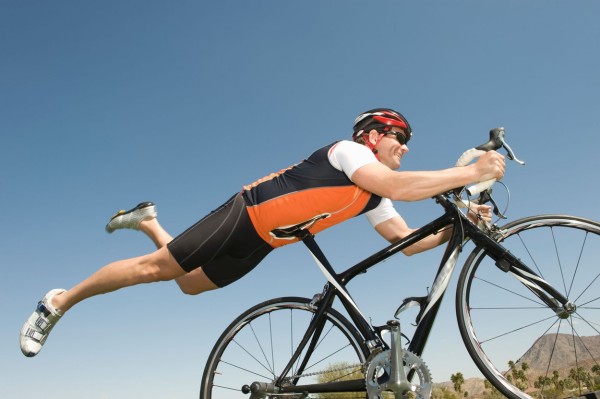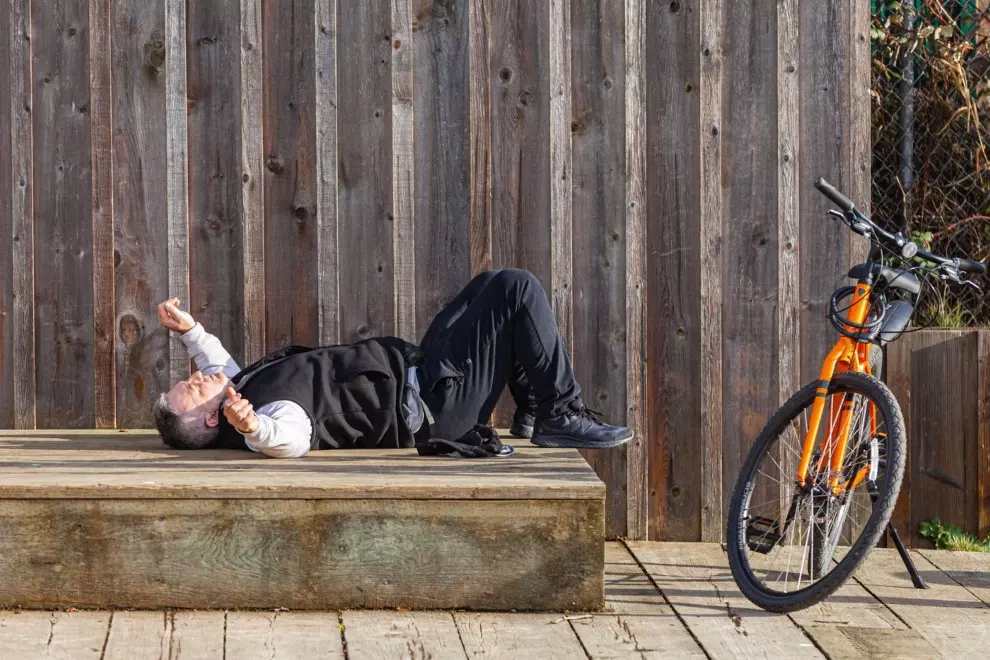France
At the home of Le Tour, cycling is surprisingly regulated. This may be because of the huge amount of cyclo-tourism Le Tour generates. A bike must have a bell, and rear and front reflectors after dark. Helmets aren’t compulsory, but cyclists must wear at least a high visibility gilet if cycling after dark outside urban areas.
How strictly these laws are enforced greatly depends on the police officer and how he assesses the situation. If you’re climbing the Alp D’Huez and a nostalgic Gendarme is reminded of Pantani in his prime, he’ll probably ignore the lack of bell on your handlebars, wipe the tears away and wave you on. If you’ve just skidded to a halt on your fixie at a café in urban Marseille, he may be tempted to reach for his baton and mess up your Mohican.
Italy
You’re required to wear a reflective vest or belt starting half an hour after sunset until an hour before sunrise. You also need to put this on before riding through a tunnel.
There’s no requirement to wear a cycle helmet in Italy, but they helpfully specify that your bike must have tyres. A bell is also mandatory. Your bike must have at least 7 reflectors, front rear, one on each wheel, on your pedals etc, and front and rear lights. If you find yourself in heavy traffic – you’re required to get off your bike and push. Viva Italia!
Spain
Outside of a city, the police could arrest you for not wearing a helmet. In urban areas, you can ride without one. The Spanish insist your bike must have a bell, front and rear lights and a rear reflector – but only when cycling at night, through tunnels, and under weather conditions that reduce visibility significantly. Speaking of Spain – you should check our original feature about cycling in Seville.
Watch it now!The United Kingdom
Bikes must be fitted with a bell at the point of sale, but you can take it off when you leave the shop. Bells are only useful for getting pedestrians out your way when you’re cycling on a pavement – which is illegal in the UK.
Bikes ridden at night need front and rear lights, flashing or steady. All bicycle pedals must be fitted with reflectors front and back, but this is almost impossible with clipless pedals. The police rarely enforce this law, so be polite and they’ll let you go. You don’t need to wear a helmet in Britain.
Germany
Bicycles must have a bell or horn, non-blinking front headlamp, and a red rear taillight that stays lit when stationary, but may blink. You must have front and rear reflectors and at least two yellow reflectors on each wheel. Wheel reflective sidewalls are an acceptable alternative. In good visibility daylight, you may use bicycles without lights. Helmets are required for children under 13 years old.
Bizarrely, if you wear a helmet, German law recommends that air ducts should be covered by mesh that protects against insects. Keeps the bees out! Most importantly DON’T TAKE YOUR HANDS OFF YOUR HANDLEBARS. Riding one or no-handed in Germany is illegal – and they WILL prosecute you for showing off to your girlfriend.
What mandatory safety equipment could your country do with… or do without?








